‘India is Worst’ in Trump’s America – A Geopolitical U-turn
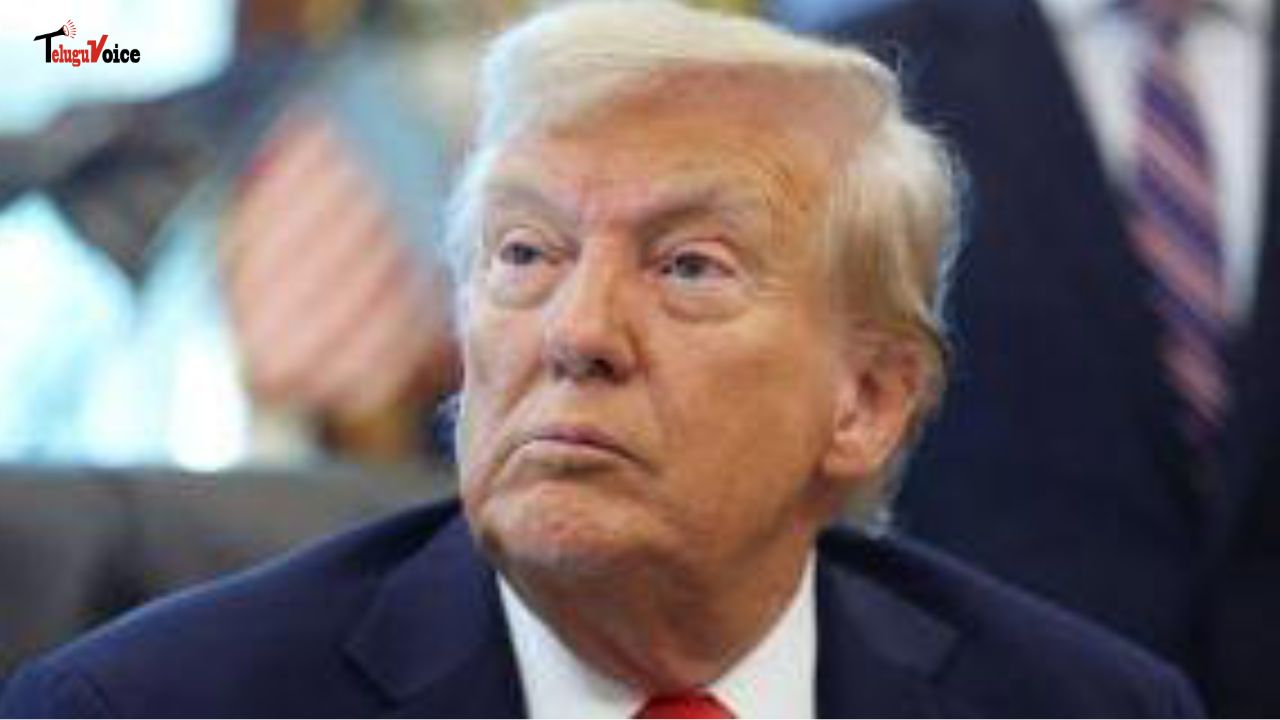
A disturbing message—“Nuke India”—scribbled on the weapon of a US school shooter recently shocked the world and highlighted the growing anti-India rhetoric in the United States under Donald Trump’s leadership. Once celebrated with “Howdy Modi” camaraderie, India now finds itself vilified in sections of US politics and media.
Florida Governor Ron DeSantis attacked the H-1B visa model as a “scam” benefiting mostly Indians, overlooking their crucial contributions in technology, research, and business. Meanwhile, Trump’s trade adviser Peter Navarro blamed India’s Russian oil imports for fuelling the Ukraine war, dubbing it “Modi’s war.” Analysts say these comments are part of a narrative shift, aimed at containing India’s rise and pressuring New Delhi amid global power shifts.
The US, deeply intertwined with China in trade worth $700 billion, uses India as a balancing factor. The recent 50% tariffs on Indian goods—particularly garments, jewellery, and shrimp—are seen as pressure tactics, even though they risk hurting American retailers like Walmart and Target. While sectors such as steel and pharmaceuticals were spared, labour-intensive Indian exports are hit hard.
At the same time, Russia and India’s energy cooperation has defied Western sanctions, reinforcing their old Cold War alliance. This makes India a strategic irritant to Washington, especially if combined with China and Russia into a stronger bloc.
For India, the challenge lies in navigating these pressures while advancing toward its Viksit Bharat 2047 goals. Policymakers stress the need for greater self-reliance in technology, AI, and defence under Make in India. Despite tensions, American firms—from Coca-Cola to tech giants—continue to profit heavily in India, proving interdependence.
Analysts believe Trump’s tariffs and rhetoric may ultimately backfire, raising costs for US consumers while strengthening India’s resolve to diversify partnerships and assert sovereignty on the world stage.

 South Africa tour of India 2019
South Africa tour of India 2019



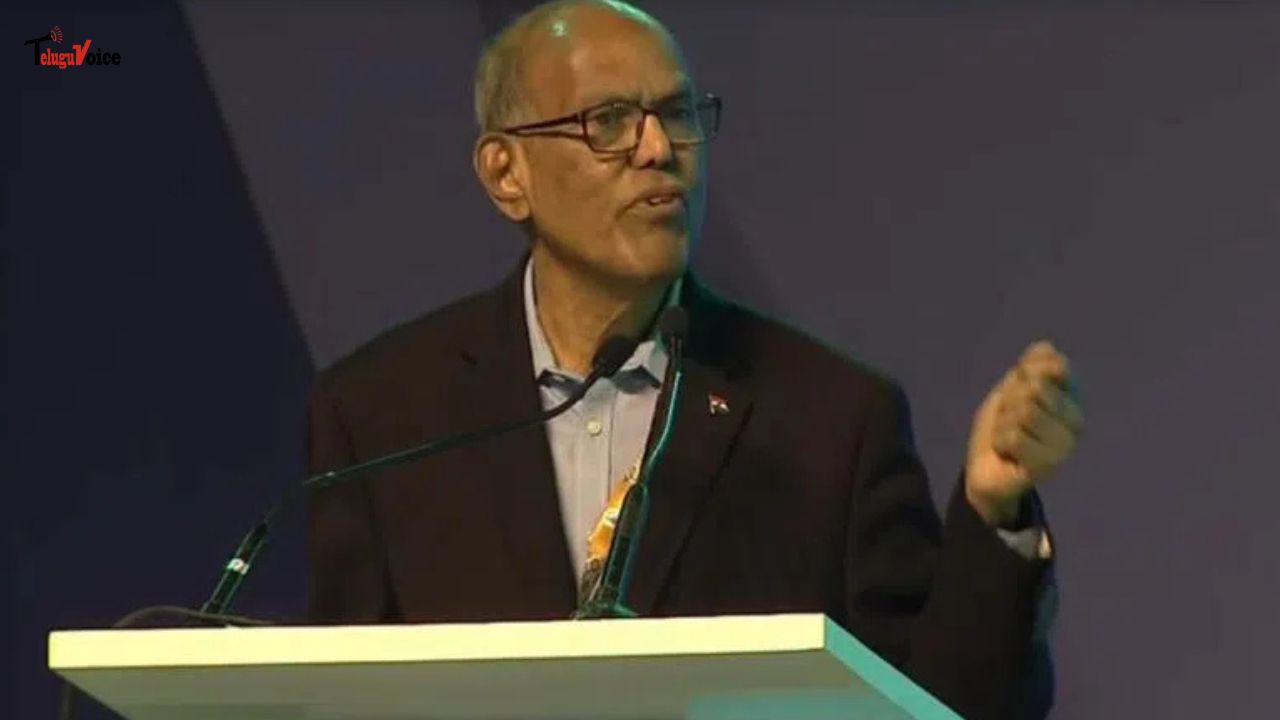
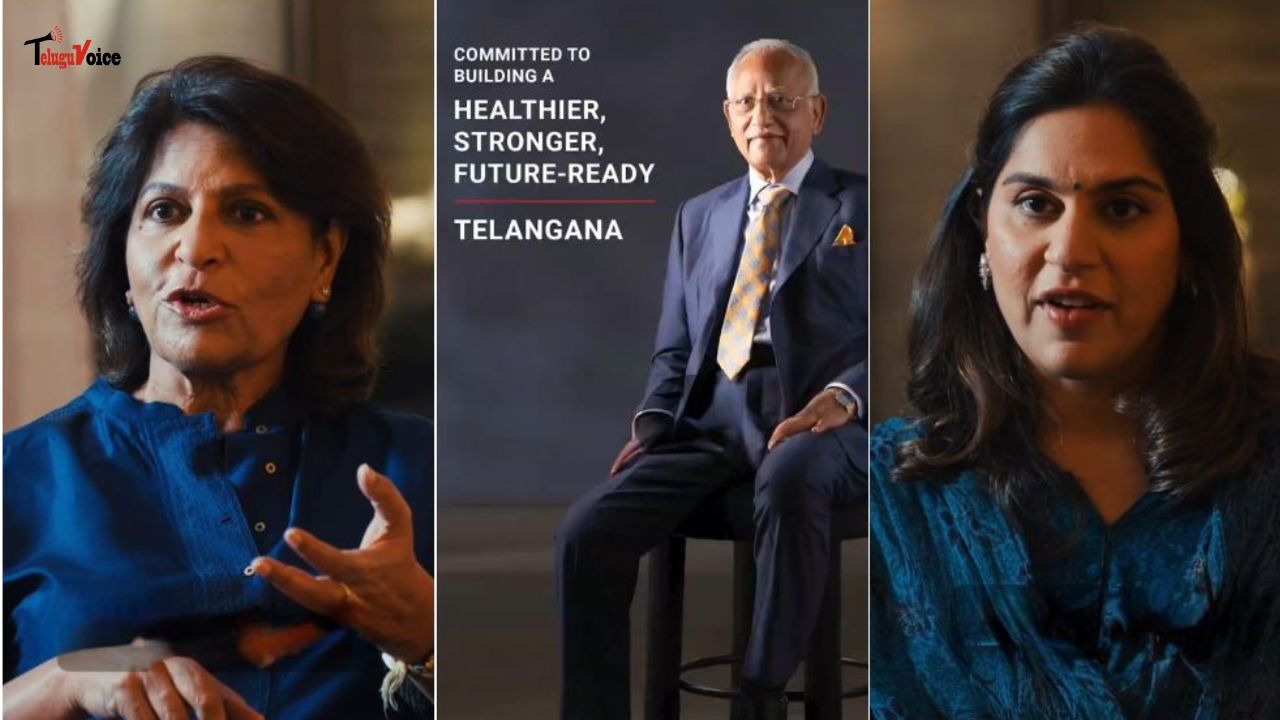
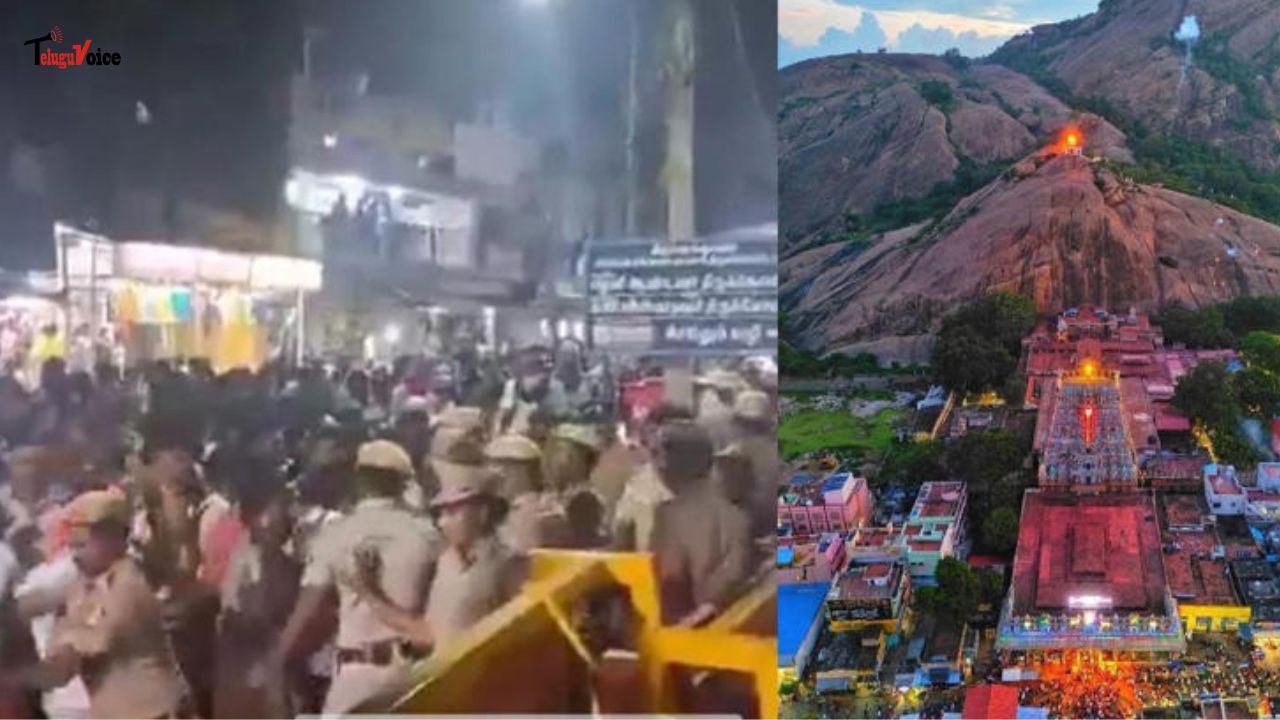
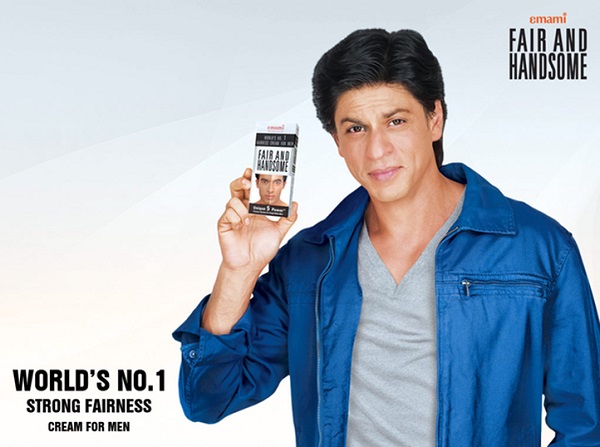



Comments